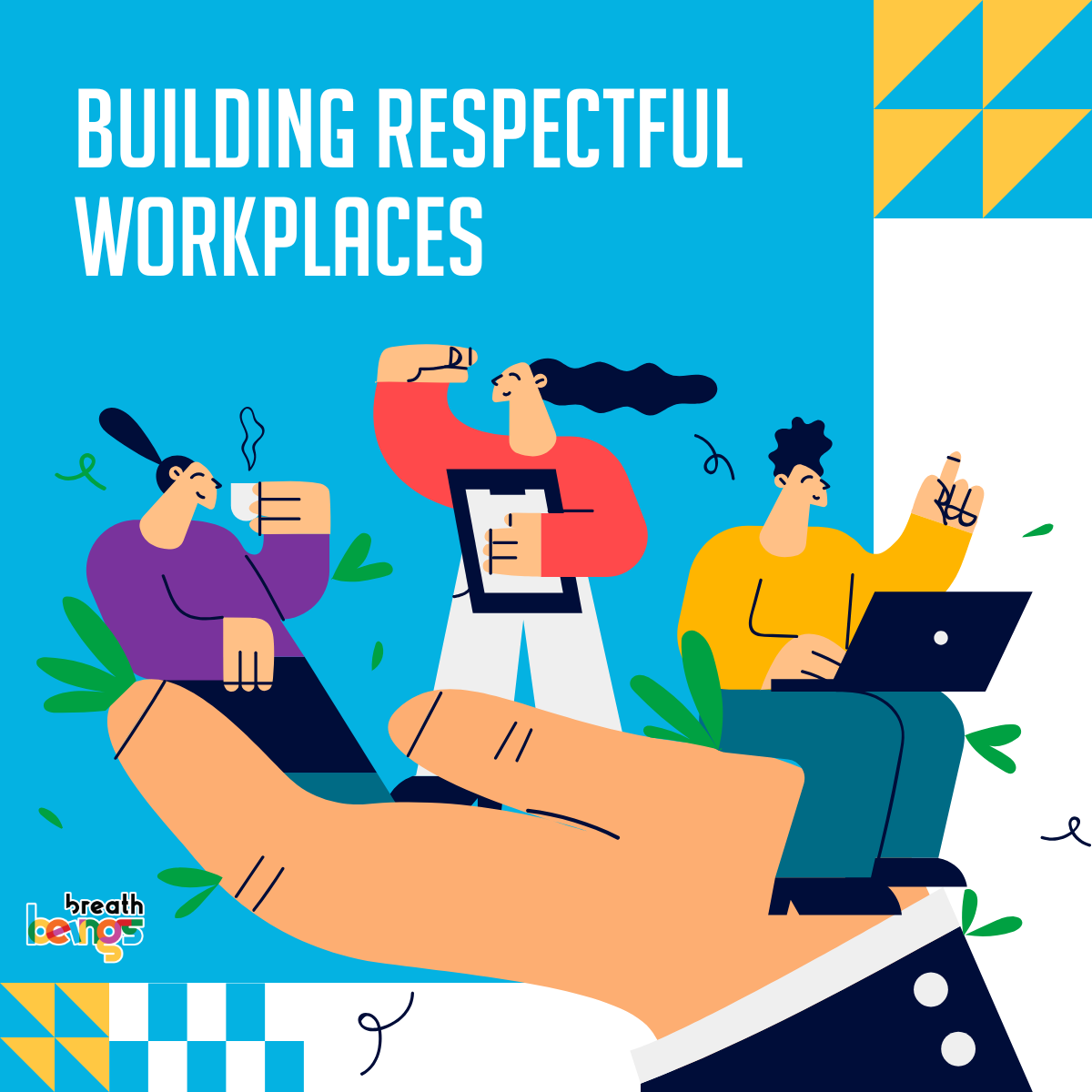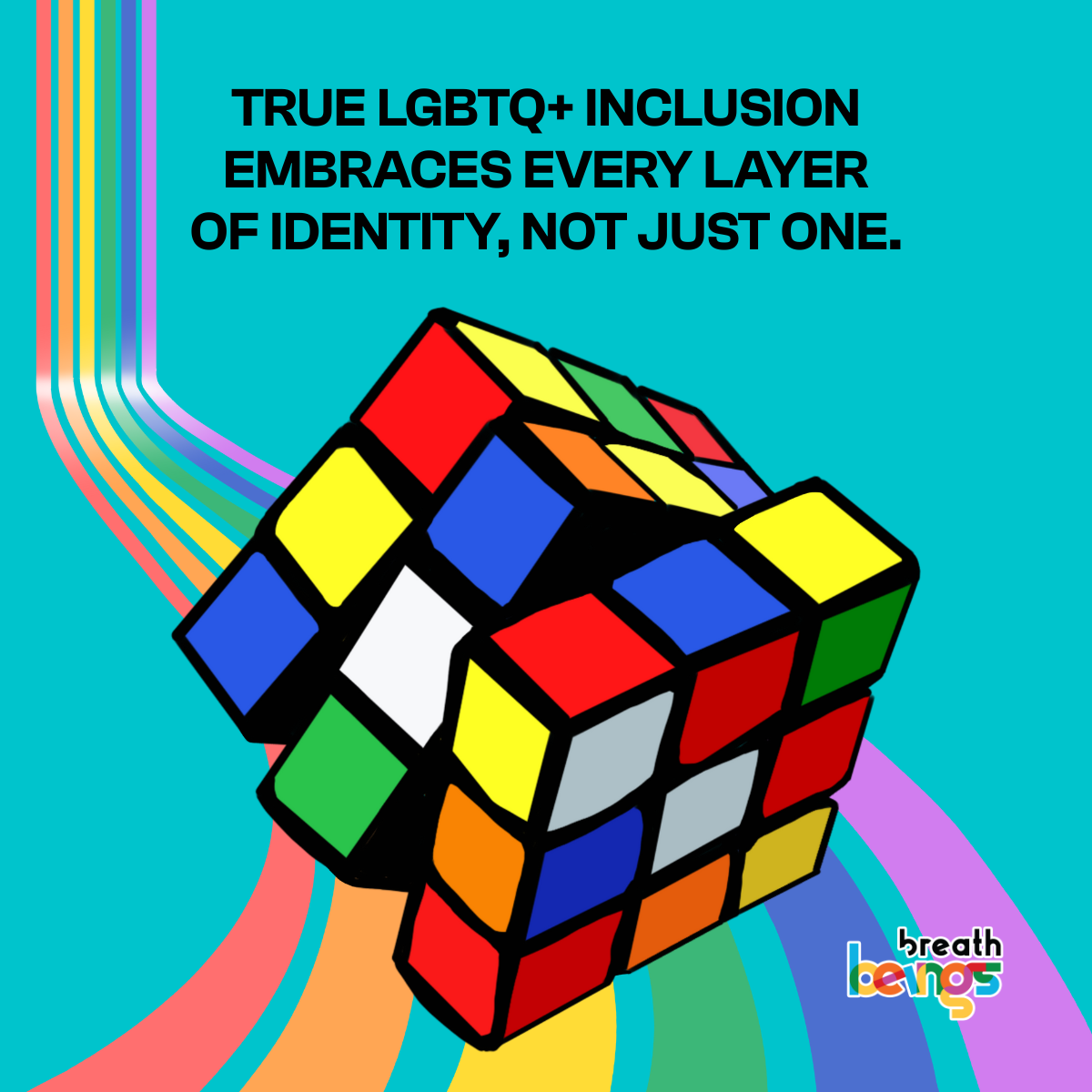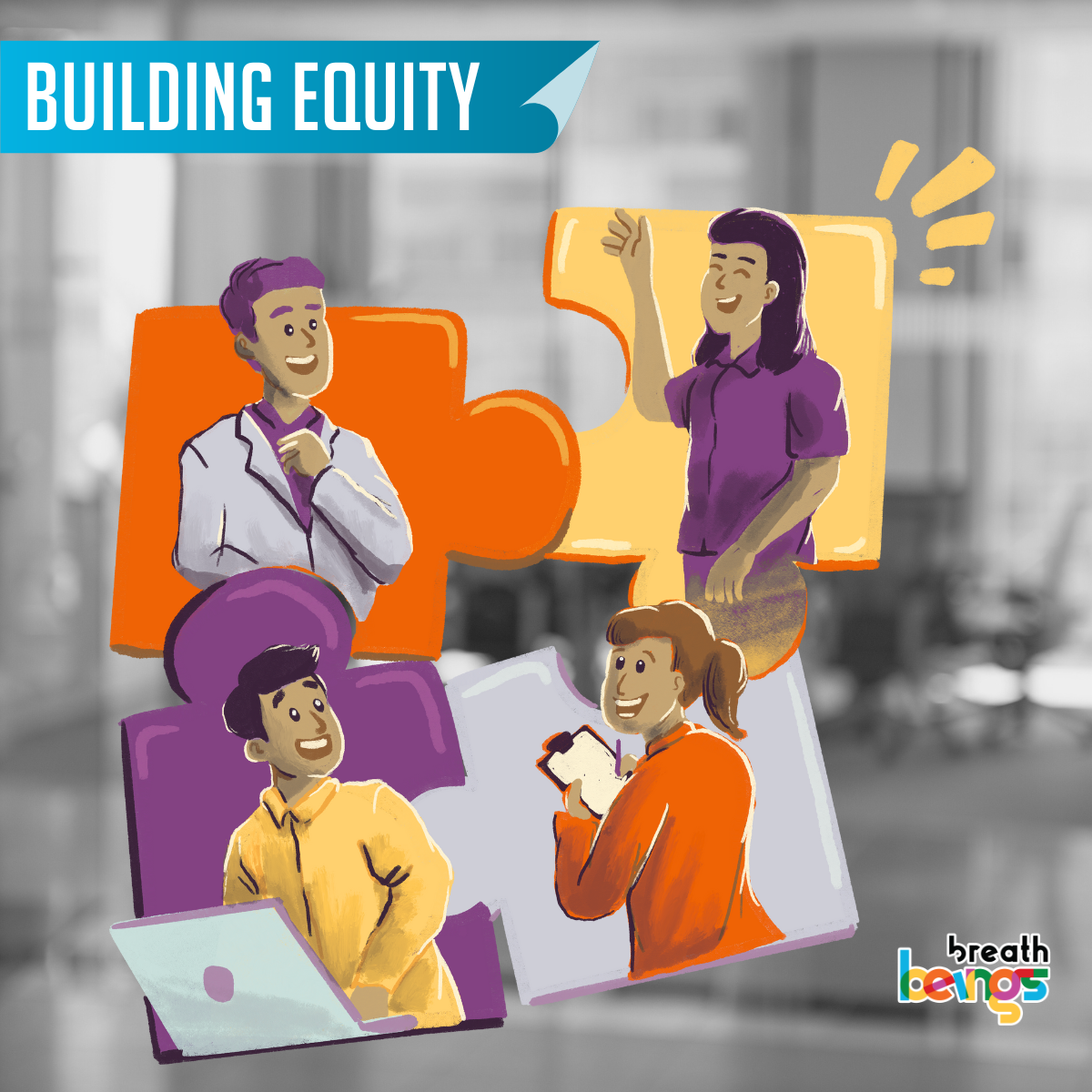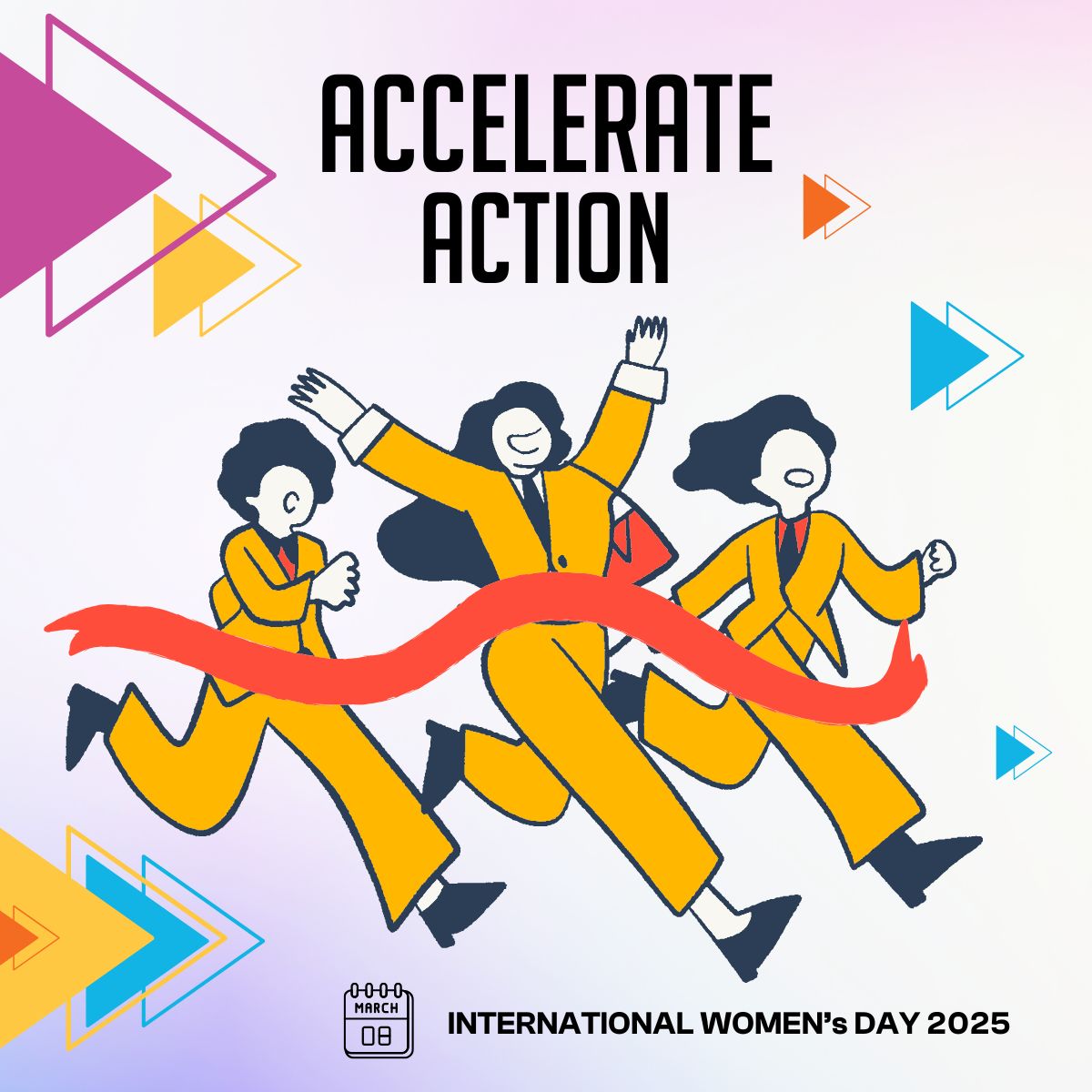In 1977, a group of Black women in St. Louis brought a groundbreaking case against General Motors.
Their demand was simple. They wanted the right to be hired.
At the time, General Motors employed white women in clerical roles and Black men on the factory floor. This left Black women excluded from both categories.
So, Emma DeGraffenreid along with four of her Black female co-workers filed a lawsuit claiming discrimination on the basis of both race and gender. But the court dismissed their case, arguing that race and gender were separate issues, and addressing how they intersected wasn’t part of the legal framework.
The DeGraffenreid v. General Motors case is now an integral part of discussions around systemic bias. Because it exposed a more disturbing issue – systems, even those created to prevent discrimination, often fail to account for people who live at the crossroads of multiple marginalized identities.
Today, decades later, we’ve not moved far from situations that DeGraffenreid and her peers fought for. Workplaces continue to grapple with similar gaps as most DEI training initiatives tend to focus on single-axis identities. As a result, employees with intersecting identities often find themselves navigating unique challenges that remain invisible to traditional DEIB efforts.
This is where the concept of intersectionality comes to the fore.
What is Intersectionality?
Intersectionality, a concept originally introduced by UCLA professor of law Kimberlé Crenshaw in 1989, is the framework that examines how various aspects of a person’s identity such as race, gender, class, ability, or sexuality intersect to create unique experiences of discrimination or privilege. Crenshaw used the term to highlight how Black women often face compounded discrimination, shaped by both racism and sexism, in ways that are distinct from what Black men or white women experience.
In workplaces, this translates to understanding that employees are not defined by a single identity. A queer woman of color, for instance, may encounter both homophobia and racial bias, creating challenges that neither LGBTQ+ initiatives nor racial equity programs, in isolation, can fully address.
Intersectionality pushes organizations to move beyond surface-level approaches and instead view people as the complex individuals they are.
Why Intersectionality Matters in DEIB
Traditional DEIB efforts often fall into the trap of addressing one dimension of diversity at a time. For instance, leadership programs may focus on women but fail to consider the unique challenges faced by queer women who face higher rates of microaggressions than either heterosexual women or men.
Similarly, racial equity initiatives often don’t account for how gender, disability, or sexual orientation compounds the experience of racism. This siloed approach leaves significant gaps, particularly for employees with multiple marginalized identities.
Workplace policies, such as parental leave or health benefits, often reflect a one-size-fits-all approach, leaving LGBTQ+ employees or single parents without the support they need. Without intersectionality, DEIB strategies risk alienating employees who don’t fit neatly into one category of diversity. Inclusion that’s mindful about intersectionality makes sure employees have an equitable voice and experience.
The Cost of Ignoring Intersectionality
When intersectionality is left out of DEIB strategies employees who feel unseen or unsupported are more likely to leave, leading to significant talent attrition. Those who remain may disengage, resulting in reduced productivity and innovation. Over time, a lack of intersectional awareness erodes psychological safety, leaving employees hesitant to voice their ideas or concerns.
This failure also damages trust. When employees see that DEIB initiatives only address surface-level issues, they perceive the organization as performative, harming both morale and reputation.

How to Address Intersectionality in the Workplace
Embedding intersectionality into DEIB strategies requires deliberate effort and accountability. Here’s how organizations can begin:
1. Collect Intersectional Data
Data is at the heart of effective DEIB strategies, but it must go beyond basic demographics. Analyze how employees with intersecting identities experience recruitment, retention, promotions, and workplace culture. Surveys and focus groups should allow employees to share nuanced feedback anonymously, providing insights into areas where inequities persist.
2. Build Safe Spaces
Psychological safety is critical for fostering inclusion. Employee resource groups (ERGs) tailored to intersectional identities such as LGBTQ+ professionals or disabled women in leadership can provide vital support. So can partnering with diversity and inclusion training consulting companies. Engage these groups regularly to ensure their voices influence organizational decisions.
3. Review Policies and Practices
From hiring to performance reviews, every policy should be examined through an intersectional lens. For instance, ensure that anti-harassment policies address not just gender but also race, sexuality, and disability. Policies must account for the unique challenges faced by employees at the intersection of multiple identities.
4. Leadership Accountability
Leadership buy-in is crucial for sustained change. Diversity and inclusion training for leaders should specifically address intersectionality, equipping them to recognize and challenge overlapping biases. Accountability mechanisms, like tying DEIB outcomes to leadership evaluations, can ensure progress.
5. Amplify Diverse Voices
Representation matters, but it must be meaningful. Ensure that leadership teams and decision-making bodies include people from a wide range of intersectional identities. Partnering with diversity and inclusion consulting companies in India or globally can help design strategies to achieve this.
Discrimination runs at various levels. If you’re keen on retaining valuable and truly diverse talent, then intersectionality needs to be the core of your inclusion strategies. And isn’t that the best way to really celebrate differences?












